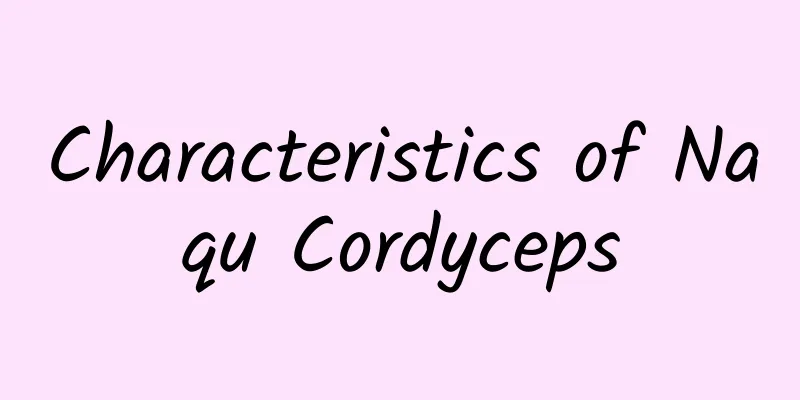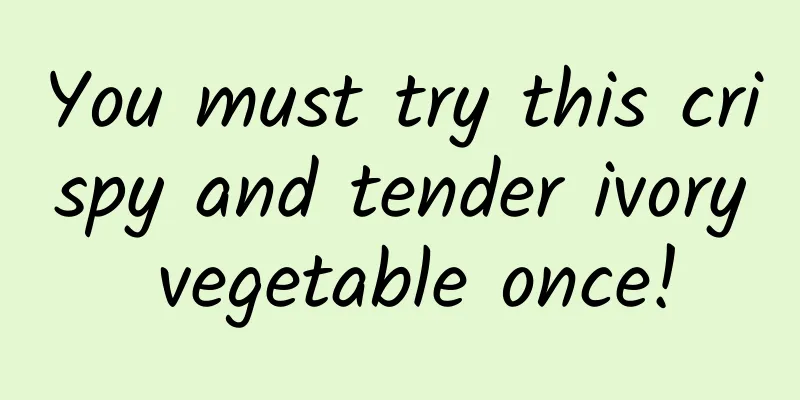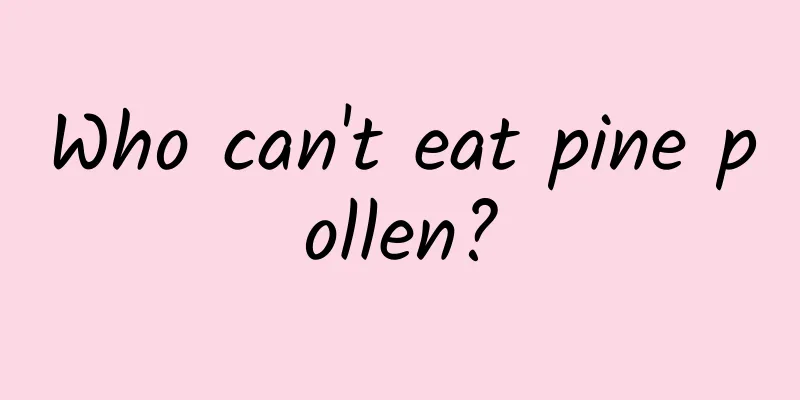Characteristics of Naqu Cordyceps

|
Nagqu Cordyceps is also a relatively precious type of Cordyceps. This type of Cordyceps mainly grows in Tibet, on the plateau, so its medicinal value is richer than ordinary Cordyceps, and it is also more precious. However, its appearance characteristics are similar to ordinary Cordyceps, but the color is darker and more consistent. It can treat many diseases after taking it. Cordyceps sinensis is the perfect combination of animals and plants. If there are only insects but no grass, it is not Cordyceps sinensis; if there are only grass but no insects, it is not Cordyceps sinensis either. The insect is the larva of the Cordyceps bat moth, and the fungus is the Cordyceps fungus. Every midsummer, on the snow-capped mountain meadows above 4,000 meters above sea level, when the ice and snow melt, the small and colorful bat moth leaves thousands of eggs on the flowers and leaves. The moth eggs scattered on the flowers and leaves slowly turn into small insects, burrow into the moist and loose soil, absorb nutrients from the plant roots and stems, and gradually grow their bodies white and plump. At this time, the spherical ascospores encounter the Cordyceps bat moth larvae, and burrow into the insect body, absorb its nutrients, and germinate hyphae. The range of the fungus becomes larger and larger, and the larvae infected with the fungus gradually crawl to 2-3 cm from the ground surface, and die with their heads up and their tails down. This is the winter insect. Although the larvae die, the fungi in their bodies continue to grow and even fill the entire body. In late spring and early summer of the following year, a small purple-red grass grows from the head of the insect, 2-5 cm tall, with a wavy capsule on the top. This is the summer grass. Around April each year, when the weather warms up, a fruiting body emerges from the larva’s head and grows up to emerge from the ground. This is Cordyceps sinensis[2]. The surface of the Cordyceps sinensis from Naqu, Tibet is pure yellow, and the color is consistent regardless of the size of the insect. Cordyceps from other places may be lighter in color, or reddish and grayish white. In addition, the eyes of Cordyceps produced in Nagqu, Tibet are brown, those produced in Yushu and Guoluo, Qinghai are yellow, and those produced in Sichuan and other regions are mostly red. When purchasing Cordyceps, customers can easily identify its origin by the difference in color. 2. Regardless of the size of the Cordyceps sinensis from Nagqu, Tibet, they all appear thick, fat and well-proportioned, with a tail width and length of at least 5cm. Cordyceps from other places has thin bodies and short tails. 3. The body and tail of the Cordyceps sinensis from Nagqu, Tibet are translucent and oily, with a strong aroma of ghee. Cordyceps from other places has a very light aroma, or even just a grassy smell, and no oily feeling. |
>>: The efficacy and function of chrysanthemum
Recommend
The efficacy and function of puffball
When it comes to treating diseases, good medicine...
Magical wormholes, more than just science fiction
Many people must have heard of "wormholes&qu...
The efficacy and function of bird's nest
There are so many medicinal herbs in the world, a...
The efficacy and function of yew
Traditional Chinese medicine often has unexpected...
This new project is harvesting primary school students, one card can be sold for 210,000! Be careful
Since its inception, card-drawing mobile games ha...
The hot clouds dispersed, and the cool breeze rose
Loading long image... Source: National Geographic...
The efficacy and function of wild wormwood
There are two types of mugwort. One is domestic m...
The efficacy and function of two-leaf tongue lip orchid
Two-leaf Tongue-lip Orchid is a Chinese medicine ...
How to buy New Year's goods? What to stock up on during the pandemic? This article contains all the practical information
Image source: Tuchong Creative How to buy New Yea...
The efficacy and function of the snake-clip turtle
The snake-clamp turtle is a very good medicinal i...
When can you take the quick-acting heart-saving pills? How can they work quickly to save your heart? A heart expert explains!
Many heart disease patients ask me when they are ...
What are the effects of Wuzhualong Chinese medicine?
In our country, many patients like to see a Chine...
Why can't people only eat meat or only eat vegetables? Omnivores are rare and powerful
It is ridiculous for carnivores to claim that the...
The effect of Lemahui
Lemahui is a relatively common folk herbal medici...









